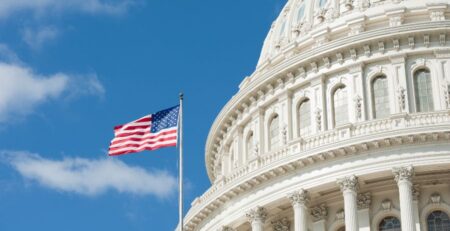Today’s Pensions Just Don’t Favor Millennials and Gen Z
Even in 2022, pensions still command an aura of reverence. A benefit where you work for one company for 30 years and then retire with a livable wage? And you don’t have to fret about picking investments? What’s not to like?
Although pensions are increasingly rare in the U.S., they’re not obsolete. About 38% of the private workforce had access to a defined benefit plan in 1980. By 2008, that had fallen to 20%. In spring of 2020, it was only 3% of private-sector workers, according to the U.S. Bureau of Labor Statistics. The majority of today’s pensions are offered to those working in the government at a state or federal level.
When evaluating a potential job today, should pensions carry as much weight as they did decades ago? In most cases, no, not for those early in their careers. Many modern pensions have been diluted to the point of being mediocre golden handcuffs. It’s often better to focus on the total benefits package instead.
Pensions, after all, are complicated. Most require a combination of years of service, a vesting period and hitting a certain age to receive the maximum benefits.
Let’s look at the New York City teachers’ pension scheme as an example. (Full disclosure: My husband works as a New York City teacher.) The pension is segmented into Tiers I through VI. Older millennials are Tier IV if they joined between Aug. 31, 1983 and April 2012. Younger generations are Tier VI if they joined after March 31, 2012. (There’s no Tier V for city teachers.)
Read more @The Washington Post
435 views










